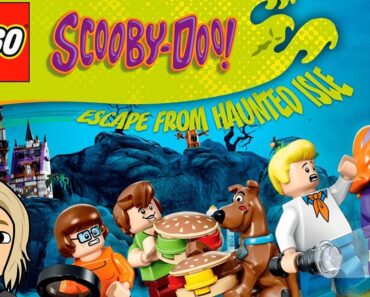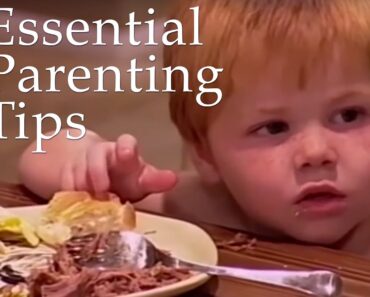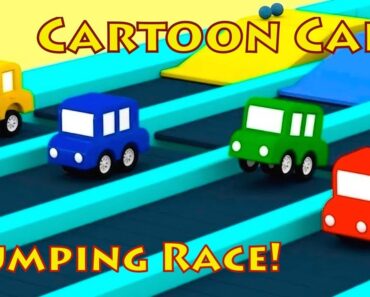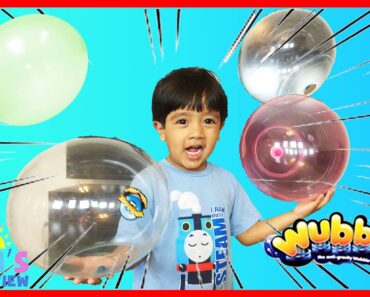Every September, my class of kindergarten kids look at me in excitement. They don’t know it, but this is the year they’ll start learning to read: learning the letter sounds, sounding out words and eventually reading sentences. Some sail through and become masters before the year is over. Others take longer, but I know they’re on their way when I send them to grade one. But some kids just don’t seem to be able to grasp some of the basic skills, and it worries me. When I tell parents, “They’re just not ready yet,” is it the truth? Will they catch up? And is there anything I could be doing differently to get them where they need to be?
Feeling like something was missing from my literacy program, I threw myself into researching best practices for teaching early readers, and boy, was I embarrassed by some of my findings. I was a veteran teacher with 20 years of experience, including five years as a kindergarten teacher, when I fell down the “science of reading” rabbit hole—first online, then from books and professional development sessions as I was drawn in further. I was shocked and mortified to find that a bunch of the things I was doing in my classroom are called out by researchers as scientifically unsupported no-nos.
The strategies I was using aren’t just my strategies, though. The ways I’ve been teaching reading are deeply ingrained in our schools and our curriculum. Things need to change.
The backstory
For decades, education experts and educators have debated what works better for teaching kids to read: an instructional approach called “whole language,” where kids learn whole words as they appear in context, or phonics, a method where kids are explicitly taught letter/sound combinations.
As more and more research supporting phonics instruction began to emerge throughout the ’80s and ’90s, many whole-language supporters, from teachers to college faculty to educational publishers, added some phonics to their existing programs, under the name “balanced literacy.” This approach was in full swing when I became a teacher in 2000 and is still extremely common today, despite all the issues I’ve uncovered.
Today, what’s called “structured literacy” is instead being promoted by experts in fields like linguistics and neuroscience as an effective way to teach all students, beginning in kindergarten, and as a must for struggling readers.
In structured literacy, phonemic awareness (that is, working with the sounds of spoken words) is developed as a pre-reading skill, and phonics is taught explicitly and systematically, with much less focus on memorization of sight words and using clues other than the letters themselves to figure out the words when reading. This is done alongside developing vocabulary and language comprehension—both very important aspects in learning to read.
While the term “structured literacy” was new to me, the components certainly made sense, especially the more I found out about how the brain learns to read. In fact, it was a relief to understand why reading wasn’t clicking for some of my students—and to have concrete steps to follow to help ensure better results moving forward.
What does this mean for my classroom?
My discovery means that some of the tools I’ve used in the past to teach kids to read need to be tossed away—and I have to bring in some new approaches. For example, the three-cueing approach, which is outlined in the Ontario curriculum as a method for teaching reading, encourages kids to guess at unknown words rather than sounding them out. The three cues are context, or trying to figure it out by thinking about what might make sense based on the meaning; syntax, or what sounds right in the sentence; and visual information, the length/shape of the word, first letter and accompanying illustrations. Cute props abound online: In my own classroom I have used “Eagle Eye” (look at the picture) and “Lips the Fish” (make the first sound) to help kids remember what they can do if they can’t decode a word. I’ve even included them in information letters to parents. But I’ve since learned that science tells us to avoid promoting any guessing strategies that take kids’ eyes away from the text itself, as they’re not really “reading” if they’re not looking at the words themselves.
I also need to improve my phonics program. In explicit phonics instruction, teachers directly teach the relationships between individual sounds and the letters that represent them. Although my students were certainly learning phonics, we were moving too slowly (at a rate of one letter/sound combo per week). And I wasn’t reviewing and connecting that phonics instruction enough to other literacy activities through the day (like writing), and nor was I providing the right material for the kids to practise the skills they were learning.
The systematic piece is also critical: These relationships shouldn’t be taught incidentally (for example, we’re doing the “D” sound this week as we study dinosaurs, very much a balanced-literacy way of thinking). Instead, they should be planned out and delivered in a deliberate order. (Fun fact: While there are 26 letters, there are actually 44 sounds, including digraphs like “sh.”) In class, phonics should be taught daily, reviewed and connected to other reading and writing instruction. Which brings me to another big change: rethinking the resources I’m using in the classroom to teach reading. With predictable books—“I see a purple balloon, I see a yellow balloon”—which I’ve been using for years, readers can look at the picture or follow the pattern to figure out words. Rather than predictable books, the best structured literacy programs use decodable word lists and books to reinforce letter/sound relationships and high-frequency irregular words which have already been taught. My classroom had none of these, so I had to start by creating my own word lists and printing decodable books that I found by searching online.
The way forward
As a teacher, I beg you not to judge or criticize your child’s teacher if they aren’t yet fully incorporating evidence from the science of reading into their instruction.
Not only was it not part of our training, we’re working with the curriculum documents and commercial materials (books) provided to us. Provinces and territories across the country have curricula that include references to three-cueing, alongside letter/sound correspondence, as reading strategies to be used in instruction, and teachers don’t have time to engage in scientific deep dives related to every subject they teach—especially the last year and a half, while immersed in PPE, COVID protocols and remote learning. There seems to be a disconnect between the worlds of scientific research and frontline educators, with decades of evidence still not being widely shared in teacher training and professional development for current teachers.
If you’re not sure what reading instruction looks like in your child’s class, ask the teacher, and share any concerns you have based on what you now know. Please do so respectfully and privately, and don’t post about it on social media. Most teachers I’ve talked to are eager to learn and improve, though admittedly, some do require more convincing than others to shift away from the comfort zone of balanced literacy.
As for me, I’ve already been given the green light from my principal to purchase a phonemic awareness program to make my daily lessons more intentional, I’ve ordered decodable readers to replace my baskets of predictable books, and Eagle Eye has flown away.
Change on the horizon
Educators across the country are using outdated methods for teaching reading. However, changes may be coming in some areas. In 2019, the Ontario Human Rights Commission (OHRC) launched an inquiry into whether students with reading disabilities are having their right to learn to read met in Ontario’s public schools, and whether school boards are using evidence-based approaches to meet students’ right to learn to read. The report is due for release this fall, but the OHRC says it anticipates recommending that the Ministry of Education revise the curriculum to replace balanced literacy with instruction in phonemic awareness, phonics and how to use them to decode words. In Alberta, a new draft curriculum (being piloted by some teachers this September) has added references to phonological awareness, morphology and vocabulary building, as well as clear expectations regarding phonics.

































